Lateral Flow Immunoassay
Lateral Flow Immunoassay (LFA) is a rapid response assay with results detected in 5-30 minutes. These tests are low cost and easily produced making them popular within clinical laboratories and hospitals. Samples such as urine, saliva, sweat, serum and plasma can be tested directly onto the strips increasing their ease of use. Where they are particularly popular in the developing world.
LFA follows a strip format with the following components,
1) An absorbent pad where the sample is added. Usually made of cellulose or glass fibre, used to transport the sample to other components of the strip.
2) Conjugate pad which contains antibodies specific to the target analyte. These antibodies will often be conjugated to coloured particles for detection.The labelled conjugate should be released upon contact with the moving liquid sample.
The labelled conjugate used in a LFA should be carefully considered
to ensure it remains stable over a long period of time. If the conjugate
displays instability this can change the results of the assay
significantly and lead to unreliable results. The material used for the
conjugate pad may also influence the release of the labelled conjugate
so this to should be tested.
3) Reaction membrane which immobilises the antibodies in a line, acts as a capture zone. The membrane is usually made from nitrocellulose and is crucial in determining the sensitivity of the assay. The membrane should provide support and binding ability for the capture antibodies, whilst having reduced non specific absorptoin.
4) Wick reservoir draws the sample across the reaction membrane by capillary action. Helping to maintain the flow of liquid over the membrane in one direction.
These four components are then attached to a solid support to ease with the handling of the strip.
Sandwich Format,
Sample is added to the absorbent pad where it will then migrate to other parts of the strip, when the sample reaches the conjugate pad it will be captured by the immobilised labelled antibodies. If the specific analyte is present an antibody/ antigen complex will be formed. This will then move by capillary action to the test line where another antibody may bind to the antigen. A colour will develop at the test line which will relate to the intensity of the antigen antibody complex. This line can be visualised using an optical reader or visually seen.
Excess labelled antibody will be captured at the control zone by an immobilised secondary, and excess solution or buffer will be absorbed by the absorbant pad.



